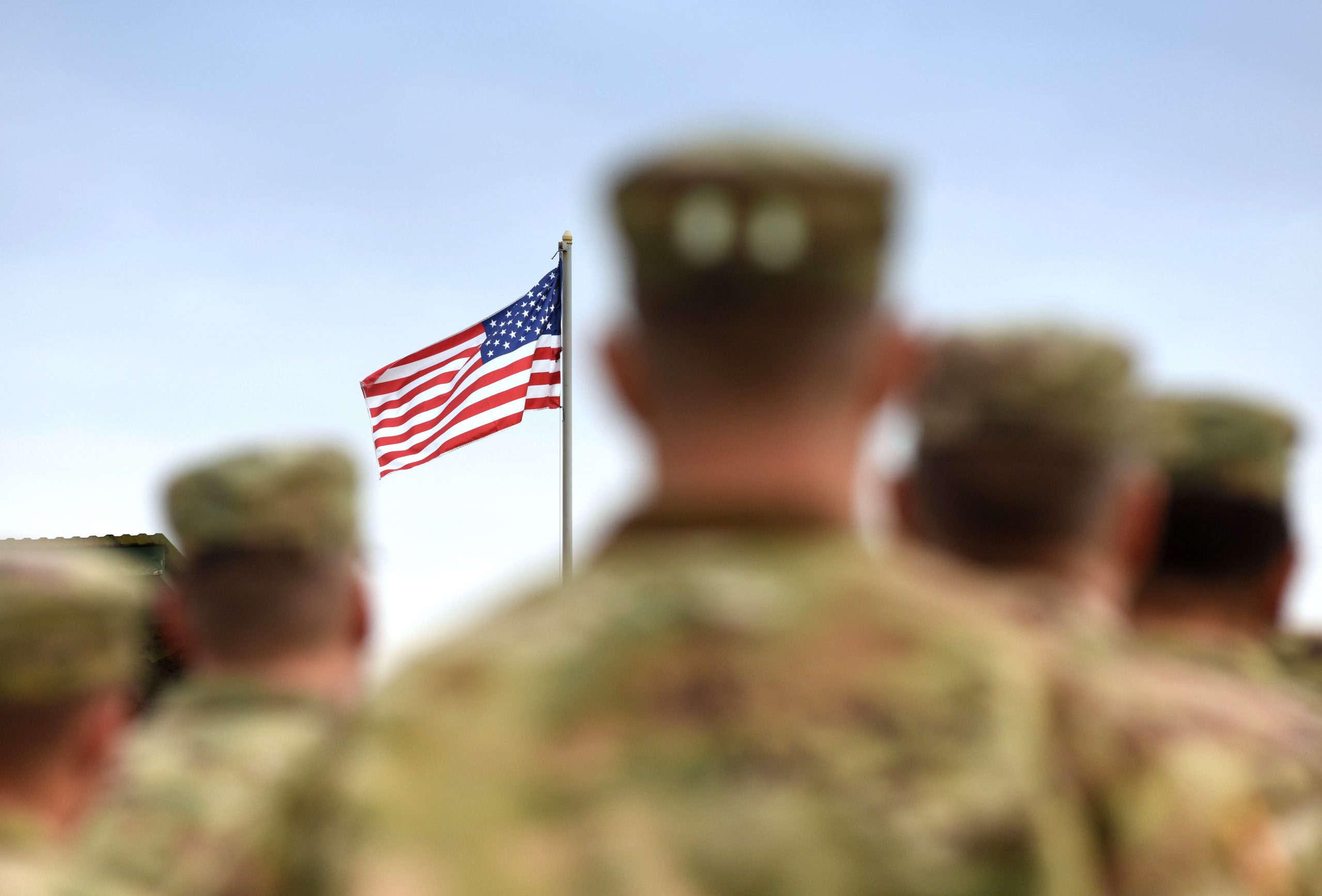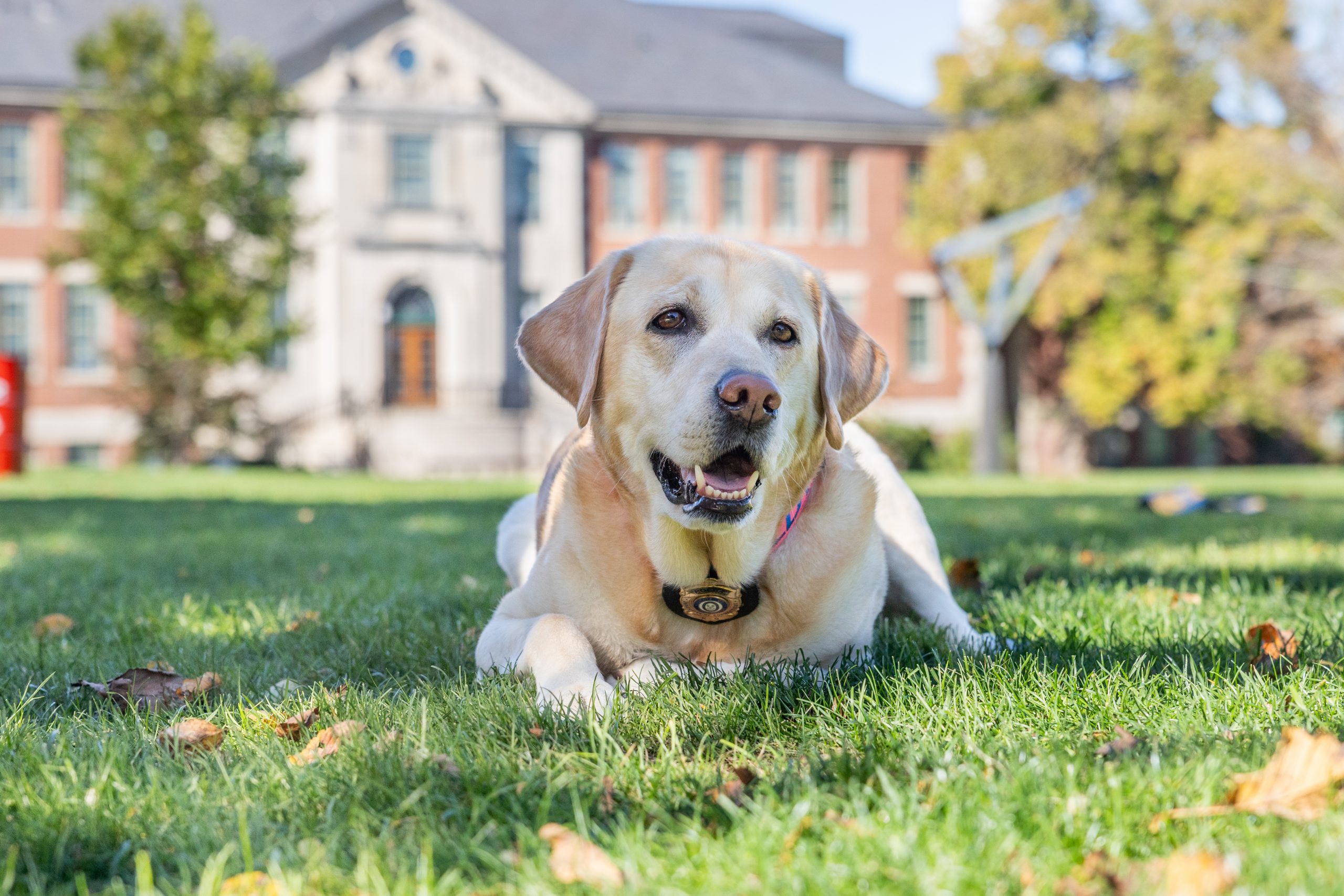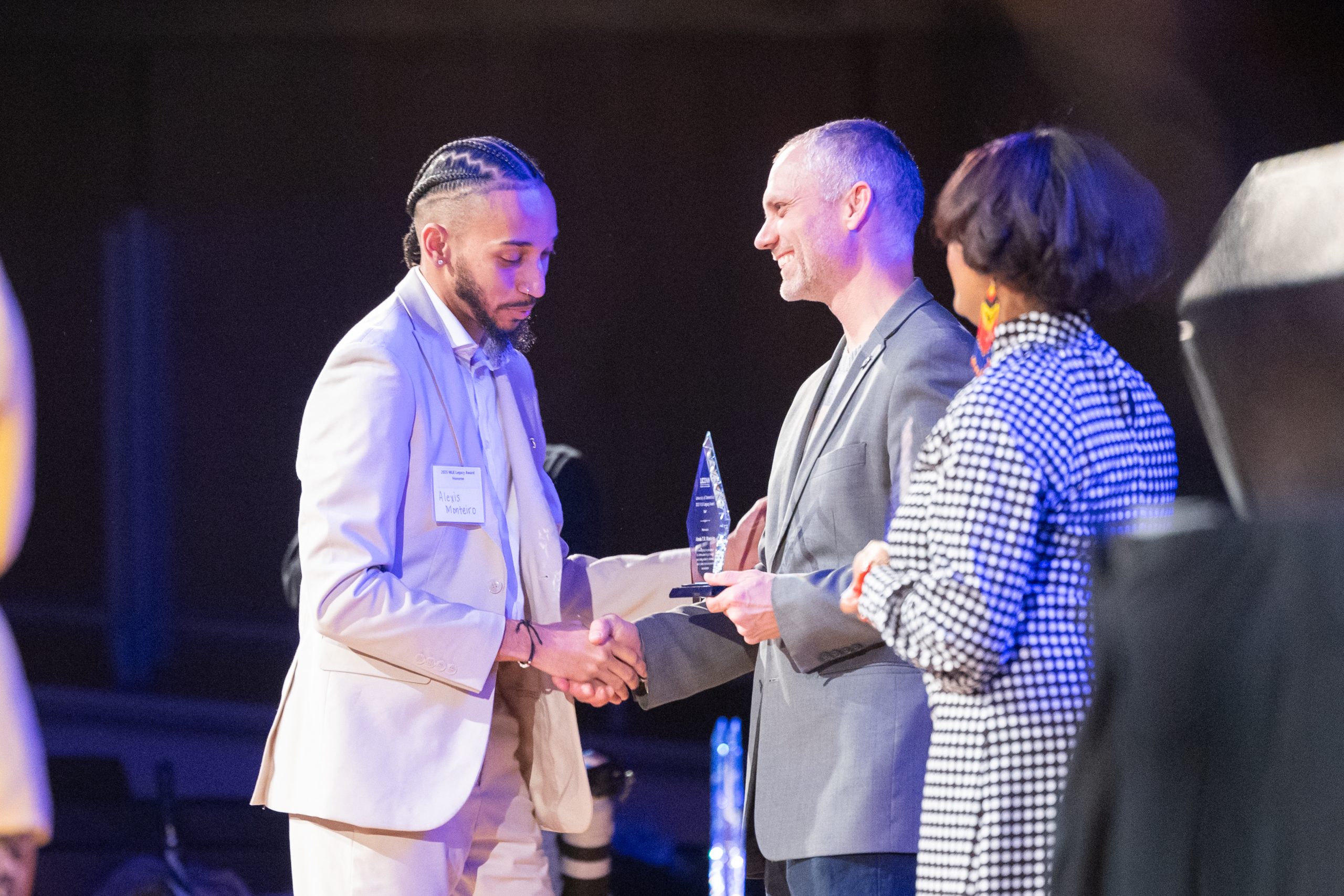 How do educators foster creative problem solving skills among school-age children? It’s one of the more difficult challenges teachers face, particularly as pressures mount to prepare children for high-stakes standardized testing at the state and federal levels. A novel problem-solving curriculum developed under the auspices of the Connecticut Invention Convention helps K-8 teachers infuse their classrooms with a strong creative undercurrent. The program culminates in the statewide invention convention, when top contenders in school contests throughout Connecticut converge in Storrs for the annual spring rite. In recent years, CIC competitors have appeared on the Tonight Show with Jay Leno, the Ellen DeGeneres Show and the Martha Stewart Show, as well as PBS’s Cyberchase and ZOOM.
How do educators foster creative problem solving skills among school-age children? It’s one of the more difficult challenges teachers face, particularly as pressures mount to prepare children for high-stakes standardized testing at the state and federal levels. A novel problem-solving curriculum developed under the auspices of the Connecticut Invention Convention helps K-8 teachers infuse their classrooms with a strong creative undercurrent. The program culminates in the statewide invention convention, when top contenders in school contests throughout Connecticut converge in Storrs for the annual spring rite. In recent years, CIC competitors have appeared on the Tonight Show with Jay Leno, the Ellen DeGeneres Show and the Martha Stewart Show, as well as PBS’s Cyberchase and ZOOM.
The 2007 CIC took place April 28 at UConn’s Gampel Pavilion and attracted over 570 inventors in grades K-8; more than 170 judges; and thousands of teachers, family members and sponsors to the bustling Storrs campus. Now in its 24th year, the Connecticut Invention Convention (CIC) is the nation’s oldest continuously running invention competition. The CIC Board – a dedicated all-volunteer team of educators, industry professionals and policy makers – relies each year upon a complex network of sponsors, donors, committed teachers and judges to keep the invention convention vibrant. CIC is managed by volunteer president Charlie Baumgartner, NPI Purchasing Program Manager with GE Consumer & Industrial. The UConn School of Engineering hosts and co-sponsors the event, and Marty Wood, Assistant Dean for Undergraduate Education, serves as CIC vice president. Associate professor of Civil & Environmental Engineering Ramesh Malla also serves on the Board.
“I could not be happier about this year’s competition,” said Mr. Baumgartner. “The array of interesting projects, the level of energy and excitement, were just outstanding. I’m not worried about America’s technological future: the projects I saw in this room here today are proof enough that the spark of invention and problem solving are alive and well in our classrooms. Imagination is truly in play at the CIC.”
 Nestled amid the exhibit tables were countless commercially promising gems conceived and built by school-age kids to solve everyday problems they encounter in their lives or the lives of loved ones. “Go Figure” featured a modified Monopoly board game for kids, aged 10 and above, who “need to improve their mental math acuity,” according to the project log. The game was devised by sixth grader Sam Sims, a student at Talcott Mountain Academy of Science, Math & Technology. Fifth grader Megan Astley of Old Lyme conceived “Blind Milk,” which featured raised Braille lettering along the carton’s rim, to help vision-impaired individuals readily identify the contents of the milk carton. “Dry No More Christmas Tree,” developed by Aiden Neuner, a sixth grade student at Bethel Middle School, included a set of alligator clips linked to a printed circuit board. The clips are positioned in contact with the reservoir of water in the Christmas tree stand; when the water level falls below the clips, the circuit is broken, setting off a red light indicating the tree is in need of water. “Match Safe” consisted of a child-proof sealed plastic container to prevent children from gaining access to matches. The project was developed by fifth grader Michael Machinchick of Woodside Intermediate School.
Nestled amid the exhibit tables were countless commercially promising gems conceived and built by school-age kids to solve everyday problems they encounter in their lives or the lives of loved ones. “Go Figure” featured a modified Monopoly board game for kids, aged 10 and above, who “need to improve their mental math acuity,” according to the project log. The game was devised by sixth grader Sam Sims, a student at Talcott Mountain Academy of Science, Math & Technology. Fifth grader Megan Astley of Old Lyme conceived “Blind Milk,” which featured raised Braille lettering along the carton’s rim, to help vision-impaired individuals readily identify the contents of the milk carton. “Dry No More Christmas Tree,” developed by Aiden Neuner, a sixth grade student at Bethel Middle School, included a set of alligator clips linked to a printed circuit board. The clips are positioned in contact with the reservoir of water in the Christmas tree stand; when the water level falls below the clips, the circuit is broken, setting off a red light indicating the tree is in need of water. “Match Safe” consisted of a child-proof sealed plastic container to prevent children from gaining access to matches. The project was developed by fifth grader Michael Machinchick of Woodside Intermediate School.
During the judging portion of the convention, teams of two-to-three volunteer judges review the inventions and ask the young inventors about their projects, encouraging peer-to-peer discourse, before selecting the top three contenders within each judging circle of 8-12 students. Newcomers are paired with experienced judges, and most return year-after-year. Mike Mahoney, a Nerac, Inc. engineer/analyst and first-time judge, commented “I loved it. It’s cool engaging in conversations with the kids about the process of invention. This program goes deeper than just inventing; it’s really about problem solving – seeing a problem, considering possible solutions and then constructing and testing one device. It’s the essence of engineering. One of the really exciting aspects was the conversations among the kids themselves as they discussed what alternatives they had considered and why some worked better than others. One young inventor searched not only the Internet but also the U.S. Patent & Trademark database to make sure her invention was unique. Another student, who developed a Velcro backpack system for ensuring school papers aren’t lost, polled her classmates before assembling her invention, then asked her classmates to use her invention for a week, and then polled them again about how many papers they lost. These kids were analytical and engaged in the process.”
 Peter Halvordson, Vice President of Engineering for General Dynamics Electric Boat, delivered the keynote remarks. A civil engineer, Mr. Halvordson joined EB in 1979 as a career-development shipbuilding trainee and progressed through a variety of engineering and managerial positions. He offered a condensed history of the 108-year old EB, which employs 10,000 people today, and then shared anecdotes about how he became an engineer. “Dad reminds me that as a kid, I was constantly taking things apart and then leaving pieces scattered around the house,” he said. This early knack for dissembling household appliances, bikes and the like didn’t necessarily translate into technical prowess. “I did not have a strong aptitude for math or science in high school. I took the courses anyway because I had a desire to learn… If you’re lucky enough to love what you’re good at, that’s great. But it’s okay to work hard at something you enjoy…One of the things I see at EB is a spark in the eyes of my coworkers. I see that same spark here as I look into the eyes of you young inventors. It’s that spark of curiosity that defines creative minds and keeps us asking ‘why’?”
Peter Halvordson, Vice President of Engineering for General Dynamics Electric Boat, delivered the keynote remarks. A civil engineer, Mr. Halvordson joined EB in 1979 as a career-development shipbuilding trainee and progressed through a variety of engineering and managerial positions. He offered a condensed history of the 108-year old EB, which employs 10,000 people today, and then shared anecdotes about how he became an engineer. “Dad reminds me that as a kid, I was constantly taking things apart and then leaving pieces scattered around the house,” he said. This early knack for dissembling household appliances, bikes and the like didn’t necessarily translate into technical prowess. “I did not have a strong aptitude for math or science in high school. I took the courses anyway because I had a desire to learn… If you’re lucky enough to love what you’re good at, that’s great. But it’s okay to work hard at something you enjoy…One of the things I see at EB is a spark in the eyes of my coworkers. I see that same spark here as I look into the eyes of you young inventors. It’s that spark of curiosity that defines creative minds and keeps us asking ‘why’?”
The Connecticut Invention Convention is a 501(c)(3) nonprofit program, underwritten by grants and in-kind support from community, educational institutions, businesses and charitable organizations, including the UConn School of Engineering, United Technologies Corporation, GE Consumer & Industrial, AT&T Connecticut, The Stanley Works, Microsoft, Comcast, General Dynamics Electric Boat, Lincoln Financial and the Connecticut Science Center.
For more information on the Connecticut Invention Convention, visitwww.CTInventionConvention.org.


